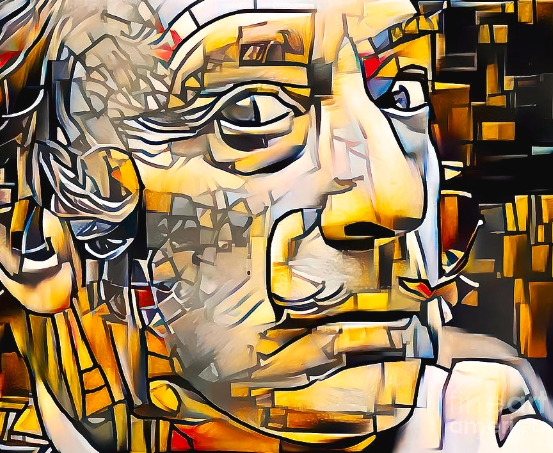Salvador Dali is known for his surrealist artworks, but his early works also show his mastery of Cubism. His Cubist self-portraits offer a unique insight into the mind of the artist.
Early Influence of Cubism
Dali’s interest in Cubism can be traced back to his teenage years, when he was influenced by the works of Pablo Picasso and Georges Braque. This early exposure to Cubism laid the foundation for his later exploration of the style in his self-portraits.
Breaking Down Reality
Cubism is characterized by the fragmentation and distortion of forms, breaking down reality into geometric shapes and angles. In Dali’s self-portraits, he deconstructs his own image, creating a fragmented and multi-dimensional representation of himself.
Exploring Identity and Perception
Through his Cubist self-portraits, Dali delves into the themes of identity and perception. By distorting his own image, he challenges the viewer’s perception of reality and questions the nature of self-representation.
Psychological Depth
Dali’s Cubist self-portraits also reveal a psychological depth, reflecting his inner struggles and complexities. The fractured and disjointed forms in his self-portraits convey a sense of inner turmoil and introspection.
Symbols and Metaphors
In addition to his use of Cubist techniques, Dali incorporates symbols and metaphors in his self-portraits. These symbols serve as visual cues to his subconscious thoughts and emotions, adding layers of meaning to his works.
Conclusion
Exploring Salvador Dali’s Cubist self-portraits provides a fascinating glimpse into the mind of the artist. Through his meticulous deconstruction of reality and complex interplay of symbols, Dali invites viewers to delve into the depths of his psyche and unravel the mysteries of his inner world.



